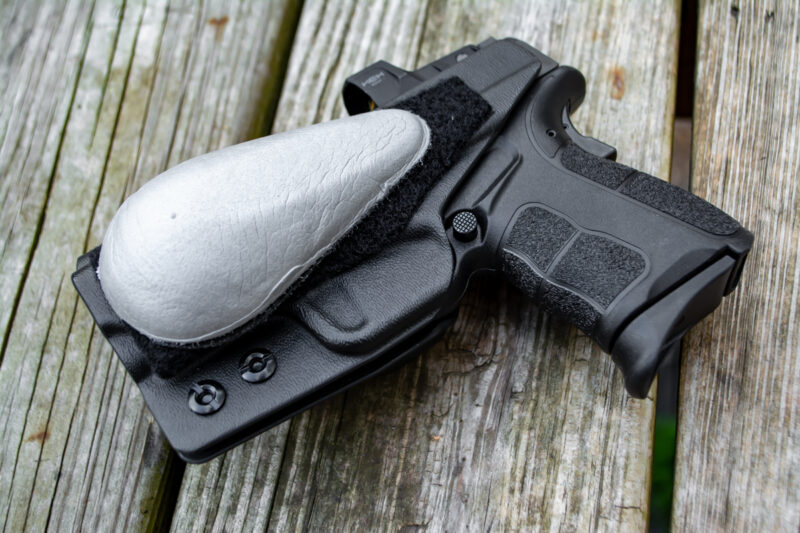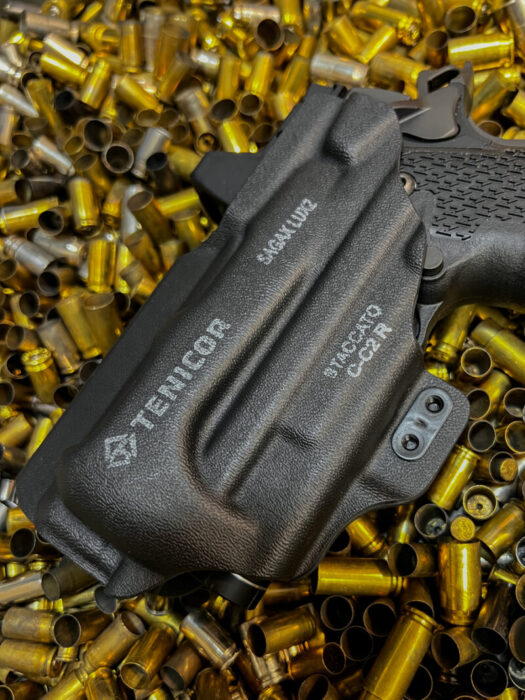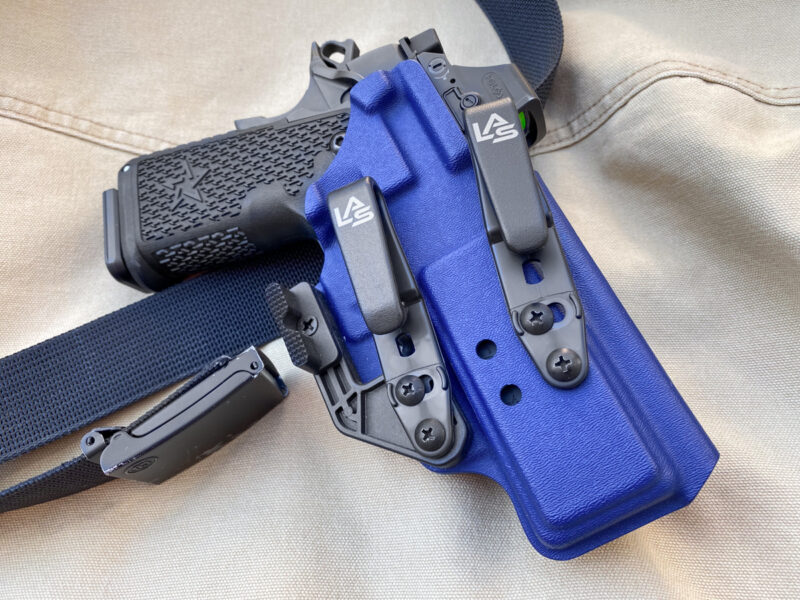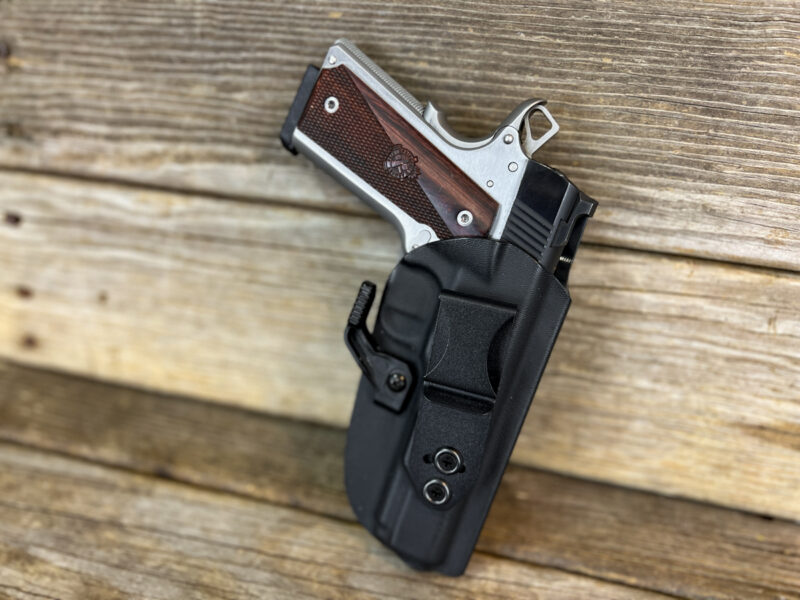5 Appendix Carry Tips
Secrets That Just Might Make It Work for You
A reader, James, recently wrote in asking some good questions about appendix carry …
“Could I see some pictures of folks who are using the appendix carry method of carrying a concealed firearm, actually sitting down? I have tested out appendix carry a few times and found it next to impossible with my evidently misshapen torso to sit down. It is not only extremely painful, but it also pushes my pistol up and outward, thereby defeating the whole purpose. Social media is full of gun bunnies and tacti-cool dudes taking selfies of their shirts lifted, showing their hidden appendix-carried firearm, smiling away. Yet not one of them was while sitting down.
I tried it with an M&P Shield, a S&W 642, and, just for the sake of argument, a GI Springfield 1911. How do these people sit down? In the meantime, I keep soldiering on with ankle holsters, holster-hip, and an ever-worsening case of tinnitus.”
All great questions, James, and when I embarked on a multi-month experiment to see what all the fuss was about with appendix carry, I encountered the exact same challenges you describe. Now, I carry a full-size, double-stack Staccato P model 2011 appendix every day, even while sitting and spending hours in the car.
Fortunately, from the secret appendix carry society, which doesn’t reveal itself until you publicly proclaim you’re giving up this %^&*#$!# appendix carry experiment, I learned some tips and tricks that might help you out. The short version is this: some tips are counterintuitive, while others offer big comfort gains with minuscule adjustments to technique.
And there is a disclaimer common to virtually all on-body carry methods. Tips and tricks can eliminate the pain, but not always all of the pressure. A long car ride while carrying with the traditional hip position isn’t great fun, either. So, be realistic. You’ll feel your gun while sitting down, but we should be able to eliminate the suffering.
1. Padding for padding
Especially if you have a bit of “padding” around the waist, run, don’t walk, to implement this tip.
Add a piece of foam (closed cell is best) to the back of your holster. This will encourage the muzzle to move away from the body, even if there is a bit of spare tire pressure pushing on the gun grip, encouraging the muzzle to press into you. It changes the entire position of the gun in a way that reduces the problem of the muzzle jamming into your body when standing or sitting.
You can also buy ready-to-go foam pads from many holster makers. It’s worth it, as this one tip makes all the difference. You’ll feel pressure from the pad when sitting but not the pain of steel gun parts perforating your guts.
2. Offset the buckle
Use a thin but sturdy belt and shift the buckle position away from the holster. If you’re right-handed, moving the buckle to 11 o’clock will reduce potentially visible bulk and pressure on the holster, which can translate to pain.
3. Experiment with belt tension
Loosen the belt a bit. The tighter the belt, the less the holster rig can move around when you sit. A little less tension on the beltline allows the holster to ride up a bit when you sit or get into a car. This makes all the difference for me when driving.
As long as you use a holster with aggressive belt clips, a little less belt tension won’t impact carry or your draw at all, and you’ll be a lot more comfortable.
4. Try all the nap time positions between 12 and 1:30
Minor position changes can make big carry comfort differences. I get the best results just right of center. That provides great concealment and gun security but also is the most comfortable position for sitting as it keeps the muzzle just “left enough” (I’m right-handed) so it doesn’t jam into my upper leg. Rather, the muzzle on larger guns tends to ride along the inside of my thigh.
5. Try a longer gun
This makes no sense whatsoever until you stop and think for a minute. Assuming you’re using a foam pad on the back, a longer muzzle provides more leverage to offset the problem James describes, where the gun grip rotates forward and negates the whole point of appendix carry.
Thanks to the leverage mechanics, I actually have better success with a larger handgun than a smaller one, although the foam pad makes a big difference with compact guns, too.
6. Persevere
I was a long-time skeptic and had little success with appendix carry for any size gun until I experimented with these techniques. Keep tinkering, and you might just be surprised at the results. Do be fair and compare apples to apples. Other carry methods aren’t effortless either — you’ll always know you’re toting a handgun by the feel, so focus on eliminating pain rather than tactile pressure.








